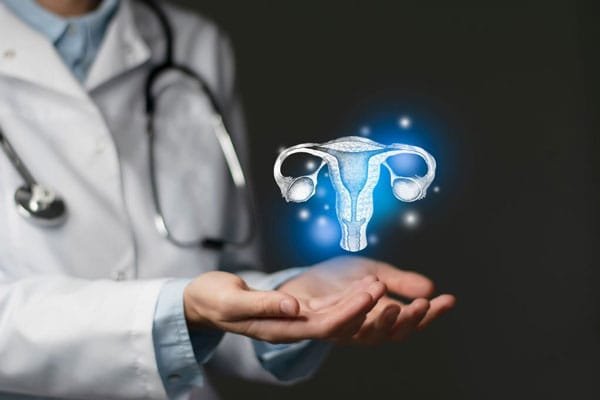What is Oocyte Freezing (Cryopreservation)?
Cryopreservation is the use of very low temperatures to preserve structurally intact living cells and tissues. At low enough temperatures, any enzymatic or chemical activity which might cause damage to the biological material in question is effectively stopped. Traditional cryopreservation has relied on coating the material to be frozen with a class of molecules termed cryoprotectants.
The egg is the largest cell in the human body and contains a high amount of water. When the egg is frozen, the ice crystals that form can destroy the integrity of the cell. Cryoprotectants help dehydrate the cell which prevents the ice crystals from forming.

Egg Freezing OR Oocyte Cryopreservation- Application and Procedure
Oocyte cryopreservation (egg freezing) is a medical procedure to preserve a woman’s eggs at low temperatures so they can be used at a later date. Oocyte preservation enables women to postpone their pregnancy or save their eggs for later date as uterus remains functional in most advanced age women. Women undergoing cancer treatment also opt for oocyte freezing (Oncofertility)as some treatments of cancer can damage the eggs and can make such women infertile after completion of cancer treatment.
The egg retrieval process for oocyte cryopreservation is the same as that for In-vitro fertilization (IVF). This includes one to several weeks of medication and gonadotrophin injections that stimulate the ovaries to grow eggs.
Eggs (oocytes) are frozen using two methods.
- Either a controlled-rate, slow-cooling method or
- A newer flash-freezing process known as vitrification.
Vitrification is much faster but requires higher concentrations of cryoprotectants to be added. The breakthrough in achieving vitrification of a woman’s eggs has enhanced greatly practice of the IVF process, as the clinical pregnancy rate is four times higher after oocyte vitrification than after slow freezing.

Advantages of cryopreservation:
1. It aids in the preservation of biological materials.
2. This method allows for the preservation of biological materials for an extended period.
3. The material’s genetic integrity is preserved.
4. It is feasible to preserve gametes, embryos, and other critical cells or tissues.
Risks Associated with Oocyte Preservation
As discussed earlier, intracellular freezing must be avoided as it will destroy the integrity of the egg and deem it useless. Traditional cryoprotectants rely on penetrating into the cell and dehydrating it. This can lead to increased toxicity of the cell. Currently, new methods are being researched so as not to rely on inherently toxic cryoprotectants.
Also, like all other fertility treatment ; Ovarian hyper stimulation syndrome (OHSS) is a risk in Oocyte preservation as well due to medications being administered to stimulate the ovaries.
Why Choose CIFAR IVF Center for Cryopreservation?
CIFAR IVF Centre in Gurugram is a prominent establishment in the domain of assisted reproductive technology (ART).
At CIFAR IVF Centre, we have a team of highly qualified doctors and embryologists who are trained in using the best-in-class technology. They are ready to support you in your journey of pregnancy through assisted reproductive technology and ensure that you have smooth stepping stones on your way to becoming a parent.
CIFAR fertility Centre is the go-to IVF destination in Delhi-NCR for all fertility related treatments and procedures including Oocyte preservation with latest techniques. Dr Puneet Rana Arora has special expertise in counselling and managing women undergoing oocyte cryopreservation before cancer treatment (Oncofertility). The clinic boasts of the best in class facilities and a team of renowned experts to guide you every step of the way.
Meet Our Professional


